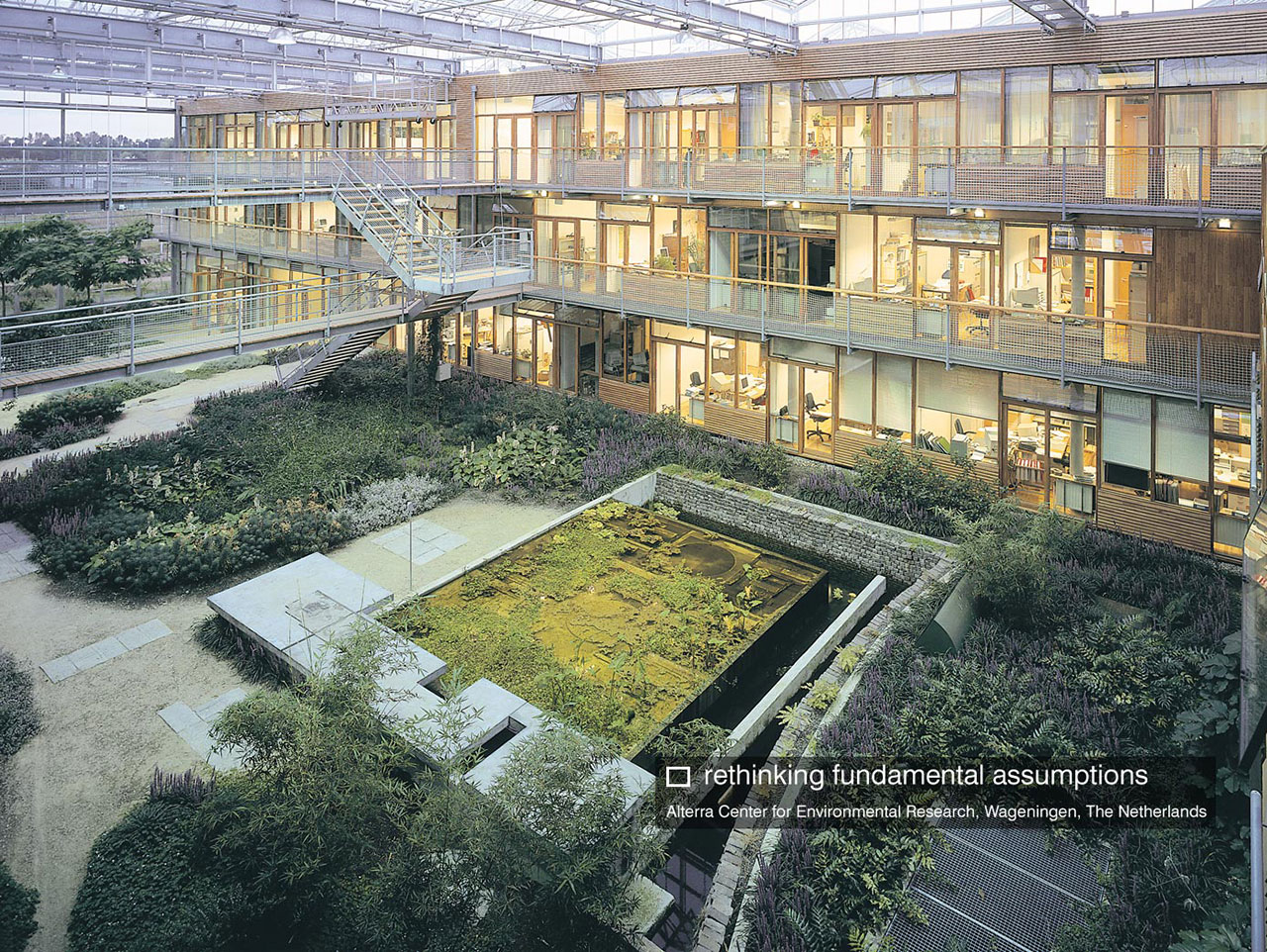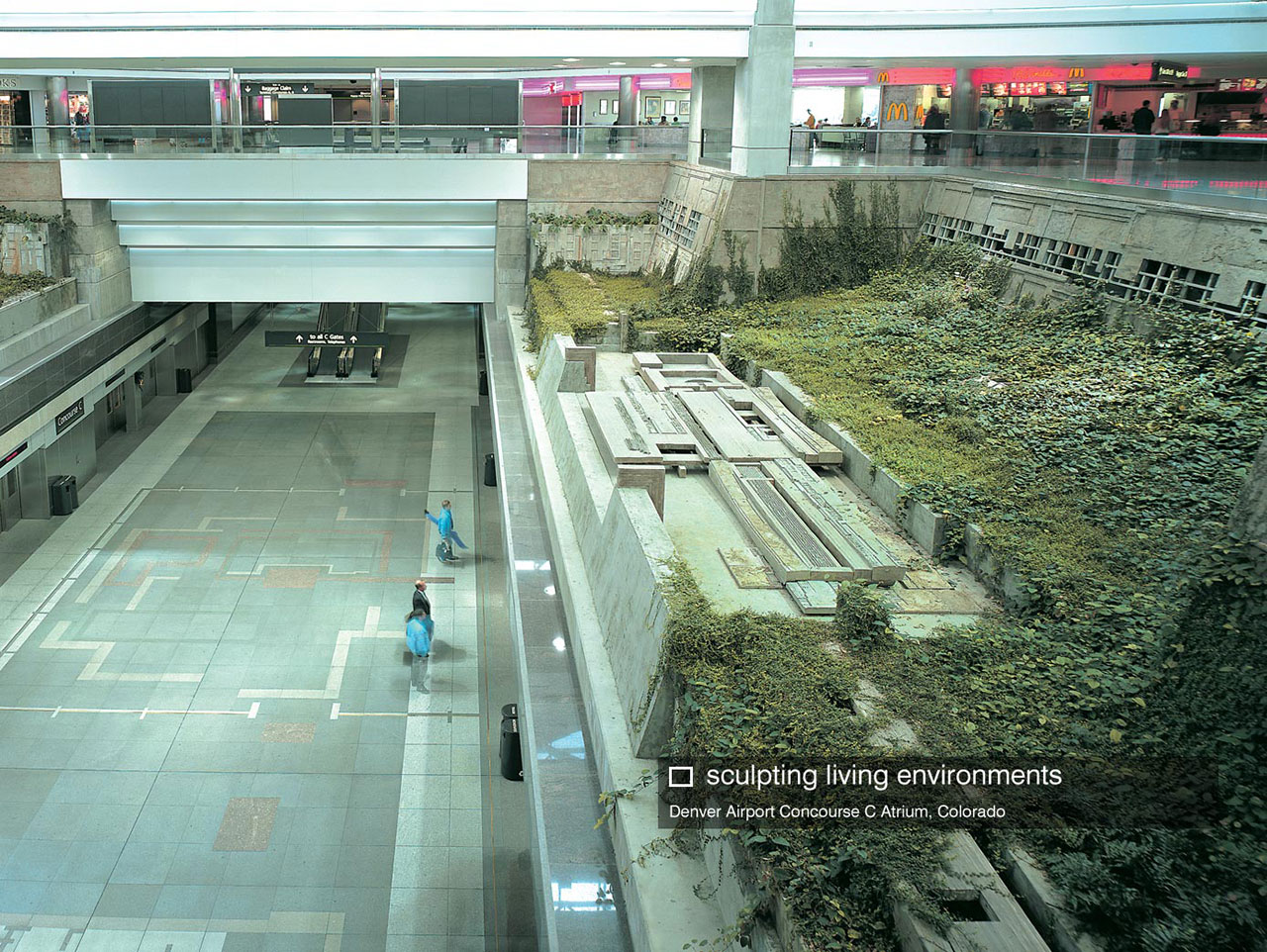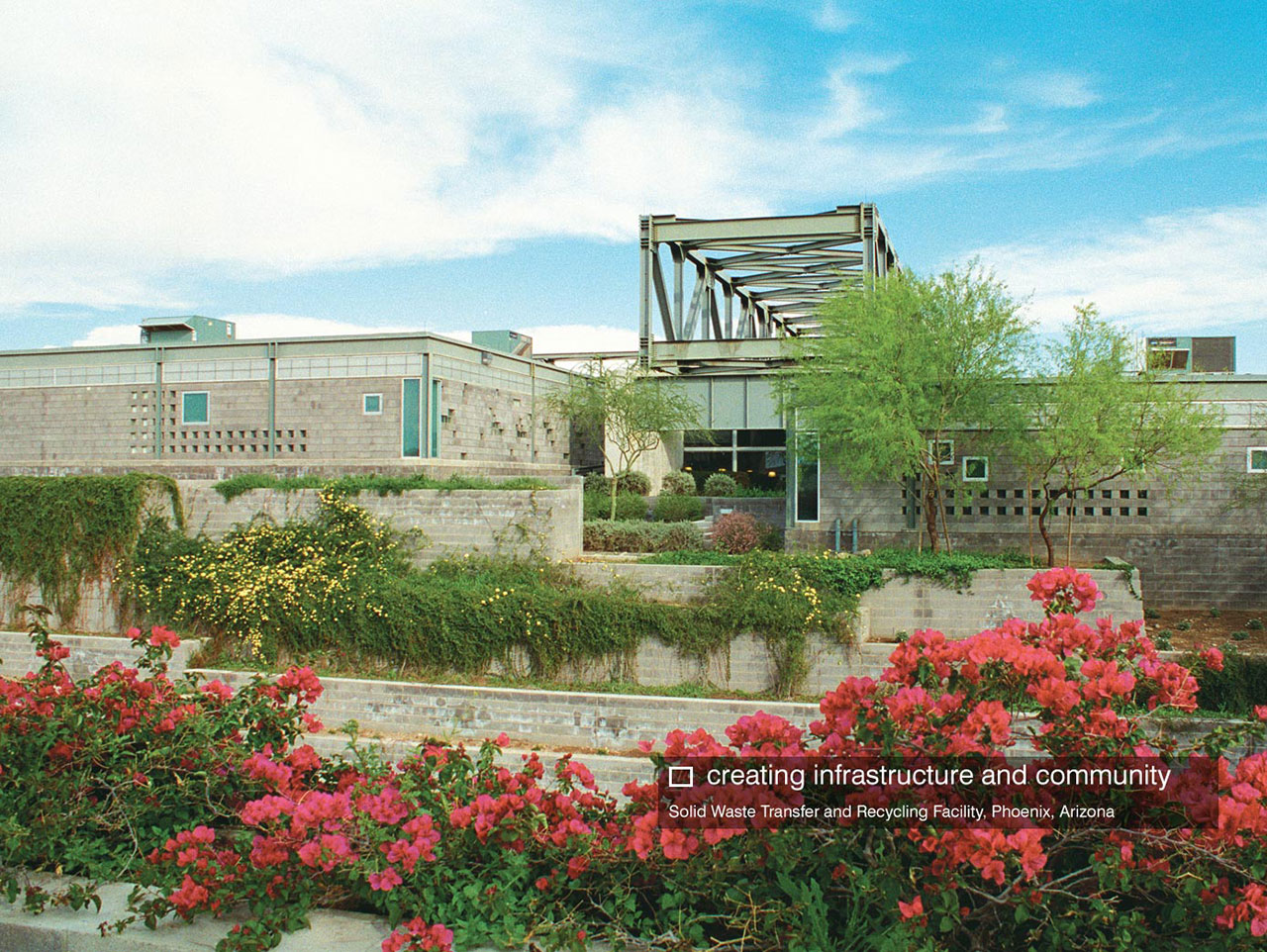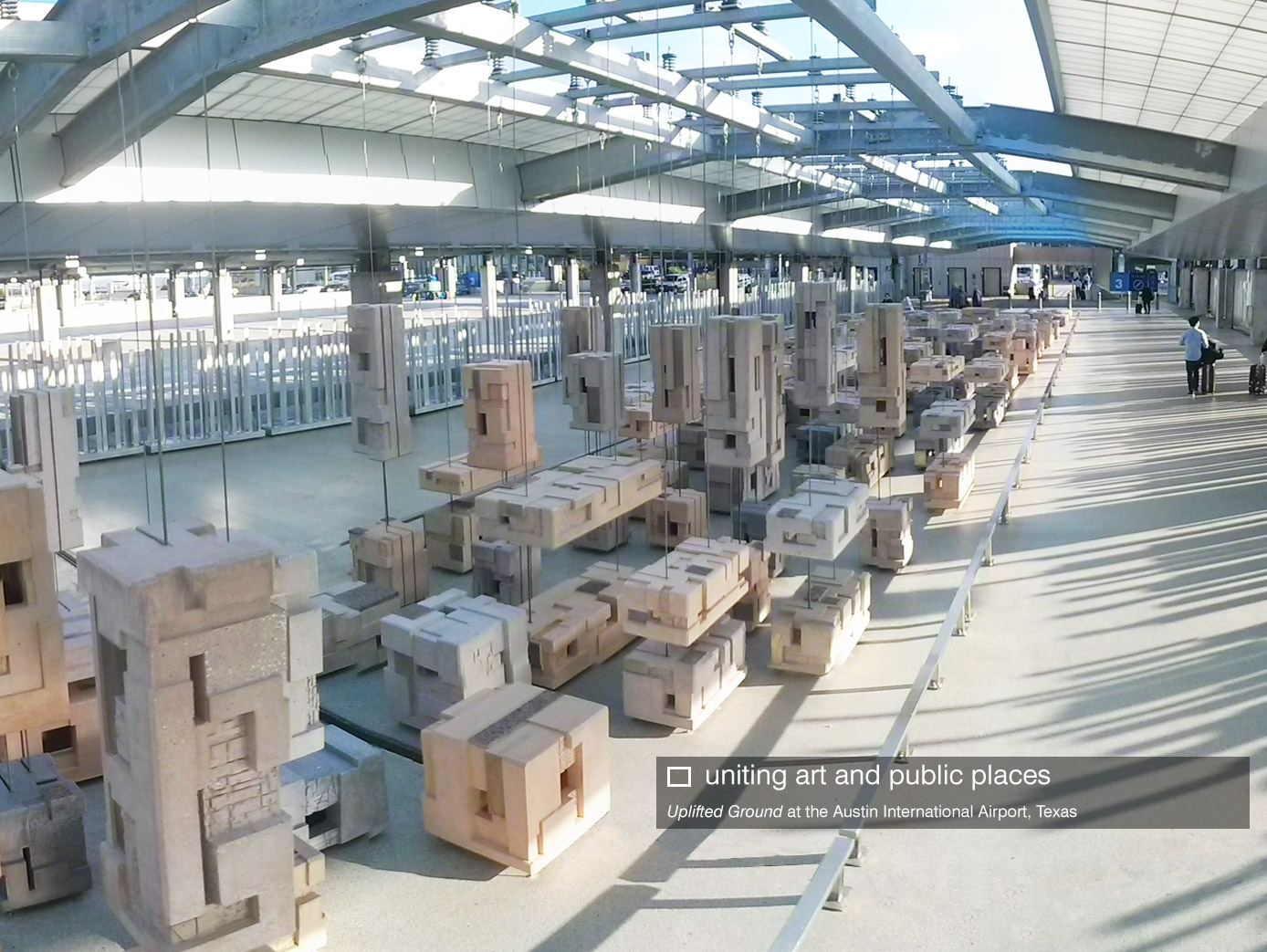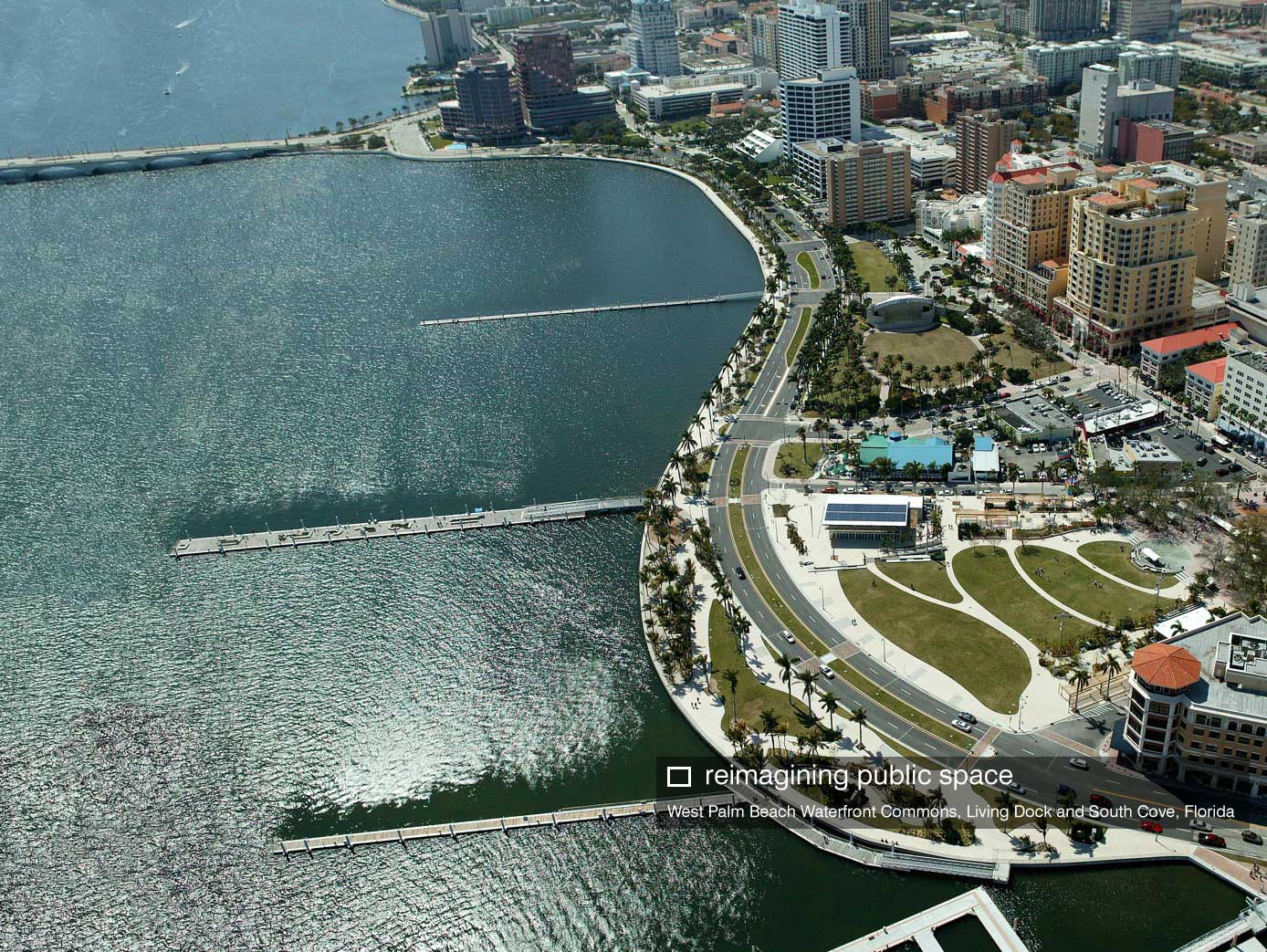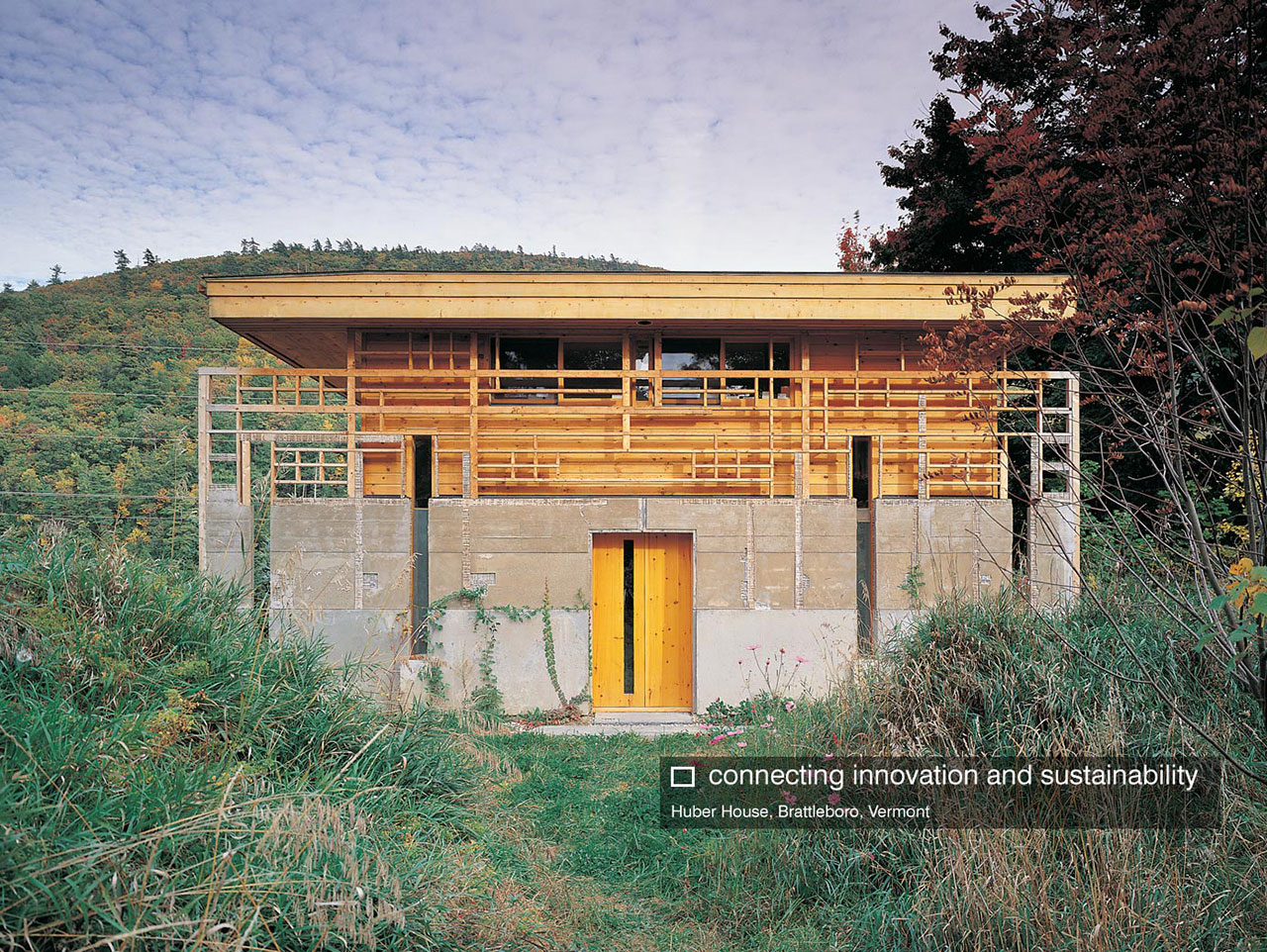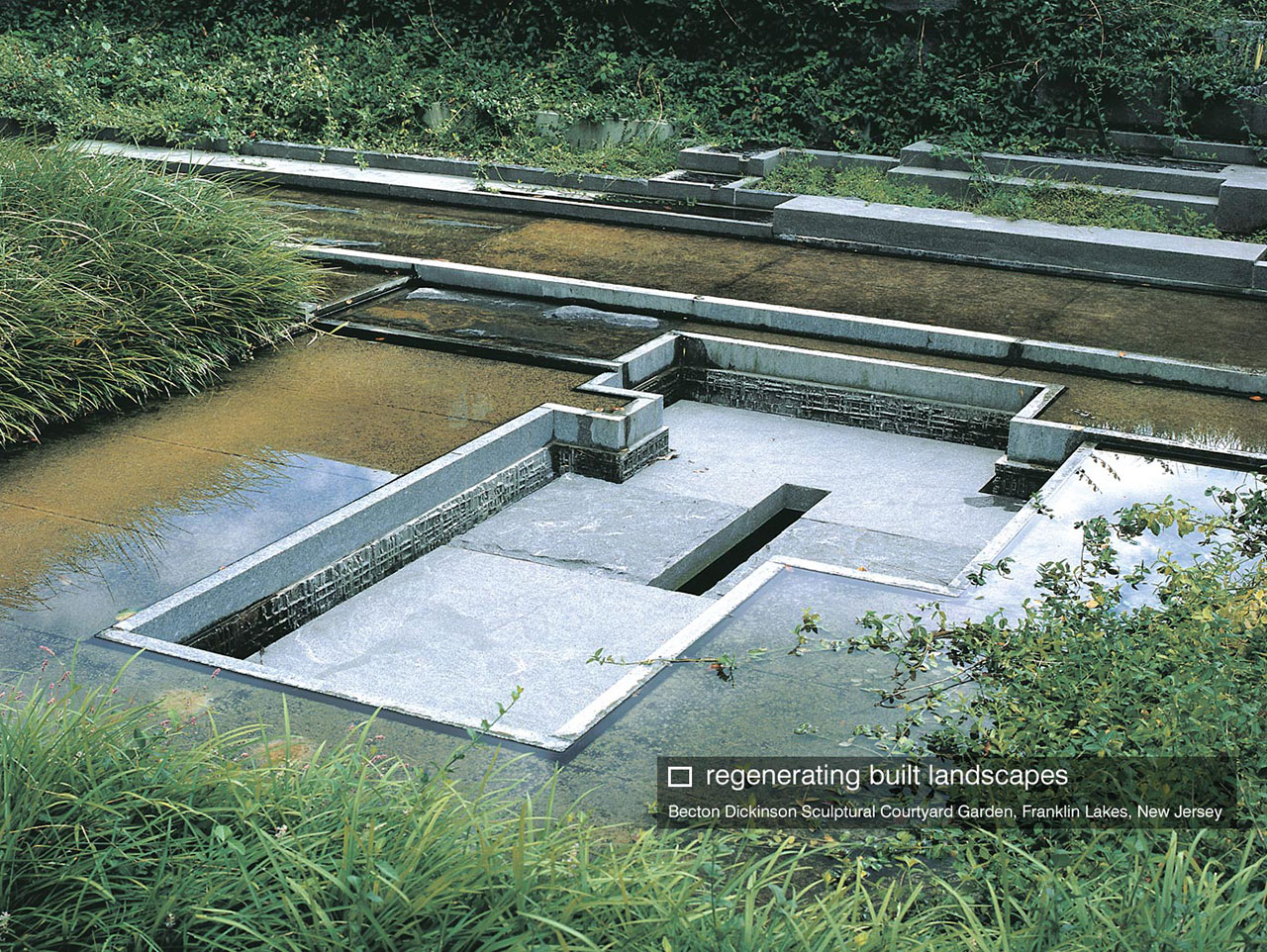Power Plant Design
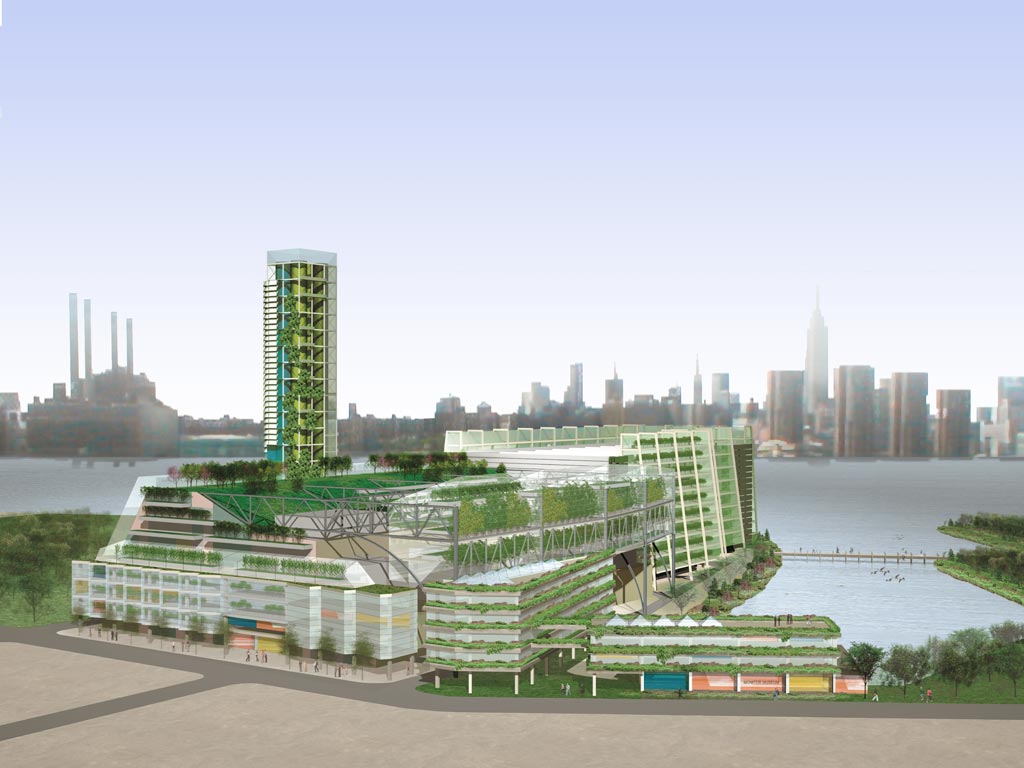
For over 25 years Michael Singer Studio has been at the forefront of re-thinking the role, community integration, transparency, environmental systems, and aesthetics of large-scale sustainable infrastructure projects in the United States and Europe. Among these sustainable infrastructure projects the Studio has found the lack of innovative sustainable power plants to be one of the greatest untapped resources in infrastructure development today. Power plant design is one of many facets of the Studio’s infrastructure planning and design work, however the Studio believes that energy infrastructure design has the greatest transformative potential within infrastructure development as a whole.
As little as a century ago, the basic infrastructure of cities could be found in downtown cores and were objects of immense civic pride and often monumental beauty. While utility and cost were just as important to early builders and civic leaders as they are today, these facilities also served as potent symbols of common purpose and progress in young and rapidly growing cities. Unfortunately, over the last century these vital urban systems have largely evolved into a negative relationship with the public rather than a source of pride. Though the functional necessity of infrastructure like power plants and energy networks is indisputable, these facilities are often planned and placed to be out-of-sight and out-of-mind. Essential infrastructure is cast in the public imagination as disruptive, hazardous and unsightly. While often based on outdated notions of public health and safety, new cleaner forms of energy infrastructure are often still viewed with a ‘not-in-my-backyard’ (NIMBY) mentality.
The work of Michael Singer Studio has challenged these assumptions and advanced a different vision for infrastructure within communities. The Studio’s collaborative work demonstrates that the responsibility of infrastructure, beyond utility, is to promote environmental justice, generate ecological renewal, inspire civic responsibility and enhance quality of life without sacrificing economic viability. Power plant design, more than most other forms of infrastructure has the greatest ability to leverage design for environmental and economic efficiencies. Efficient and innovative power plants can provide urban communities numerous localized benefits including low-cost heat or steam and/or civic amenities such as heated pools and greenhouses. The power facility benefits from the use and sale of otherwise lost heat and steam, efficiencies are gained in greatly reducing the loss of energy that occurs through long distance transmission lines. Communities benefit from improved infrastructure, civic amenities, and access to new facilities leveraged from community benefit agreements that allow nearby neighborhoods to see tangible public gains. Given the scale of investment in power plant infrastructure such benefits are not minor and can include any number of amenities from new parks and conservation areas to the establishment of eco-industrial networks and new symbiotic small businesses. One innovative power project in New York City can be seen here, a completed cogeneration power plant project with a conservation area and eco-industrial component can be seen here. A new sustainable innovative waste-to-energy power plant can be seen here. All of these projects have a similar philosophical underpinning that is described in further detail in the Studio’s white paper Infrastructure and Community, co-authored with the Environmental Defense Fund’s Living Cities Program (learn more about that here).
Studio is committed to innovation in energy infrastructure but limits its collaborative design efforts to the following types of energy generation facilities: renewable energy facilities (solar, wind, biomass, etc), geothermal, small and medium sustainable hydroelectric facilities, natural gas facilities, waste-to-energy, and associated transmission, conversion, and storage facilities.

